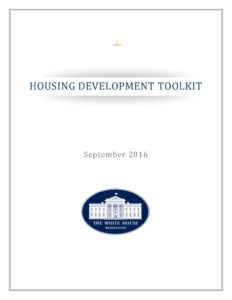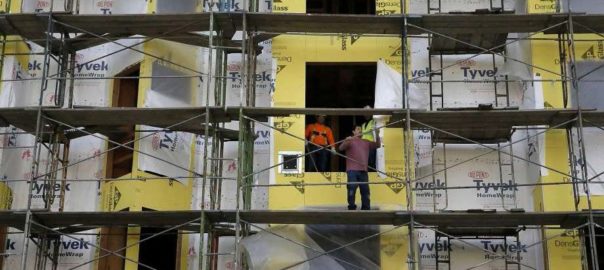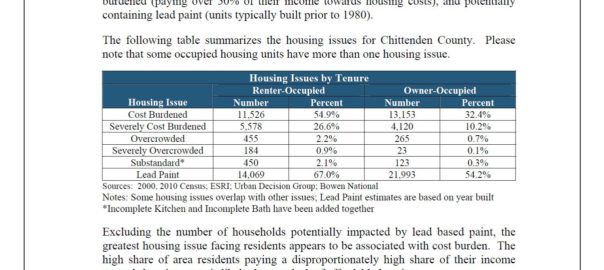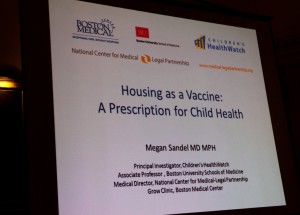– San Francisco Chronicle http://www.sfchronicle.com/opinion/openforum/article/Reform-land-use-promote-shared-growth-of-new-9283703.php
By Jason Furman | September 25, 2016 | Updated: September 25, 2016 8:34pm
 Photo: Michael Macor, The Chronicle
Photo: Michael Macor, The Chronicle
When certain government policies — like minimum lot sizes, off-street parking requirements, height limits, prohibitions on multifamily housing, or unnecessarily lengthy permitting processes — restrict the supply of housing, fewer units are available and the price rises.
It is no secret that cities like San Francisco, New York and Washington, D.C., face challenges in the availability and cost of housing. But policymakers and economists have increasingly recognized both the role that certain inappropriate land use restrictions play in raising housing costs — not just in major cities but across the country — and the opportunity for modernizing these regulations to promote shared growth.
Basic economic theory predicts that when the supply of a good is constrained, its price rises and the quantity available falls. In this respect, the market for housing is no different: When certain government policies — like minimum lot sizes, off-street parking requirements, height limits, prohibitions on multifamily housing, or unnecessarily lengthy permitting processes — restrict the supply of housing, fewer units are available and the price rises. On the other hand, more efficient policies can promote availability and affordability of housing, regional economic development, transportation options and socioeconomic diversity.
Research suggests that local barriers have become more restrictive in recent decades. One way to measure this is comparing the sale price of houses with construction costs. This gap typically reflects the cost of buying land — which increases with tighter land use restrictions. Indeed, the gap has increased in the past two decades: House prices from 2010 to 2013 were 56 percent higher than construction costs, a 23 percentage-point crease over the average gap during the 1990s.
Of course, many land use regulations can have benefits for communities. Environmental reasons in some localities may make it appropriate to limit high-density or multiuse development. Similarly, health and safety concerns — such as an area’s air traffic patterns, viability of its water supply, or its geologic stability — may merit height and lot size restrictions.
But in other cases, barriers to housing development can allow a small number of individuals to enjoy the benefits of living in a community while excluding many others, limiting diversity and economic mobility.
This upward pressure on house prices may also undermine the market forces that typically determine patterns of housing construction, leading to mismatches between household needs and available housing.
Improving land use policies can also create benefits for the U.S. economy as a whole. High- productivity cities offer higher-income jobs than low-productivity cities and often attract workers who move from other cities, naturally bringing more resources to productive areas of the country. But when unnecessary barriers restrict the supply of housing and costs increase, then workers — particularly lower-income workers who would benefit the most — are less able to move.
All told, this means slower economic growth: Some researchers have estimated that GDP could have been almost 10 percent higher in 2009 if workers and capital freely moved so that the distribution of wages across cities was the same as in 1964.
On the other hand, smarter land use and housing policy can promote both growth and equity. While most land use policies are appropriately made at the state and local level, the federal government can also play a role in encouraging smart land use regulations. Today, the Obama administration is releasing a new toolkit at http://bit.ly/2d4dVAc that highlights best practices that localities have employed — including streamlining permitting processes, eliminating off-street parking requirements, reducing minimum lot sizes, and enacting high-density and multifamily zoning policies — to reduce overly burdensome land use restrictions and promote mobility and economic growth.
Reforming land use policies can have important benefits for local residents and the nation as a whole, not only raising economic growth, but ensuring that its benefits are widely shared among all Americans.
Jason Furman is the chairman of the White House Council of Economic Advisers.









